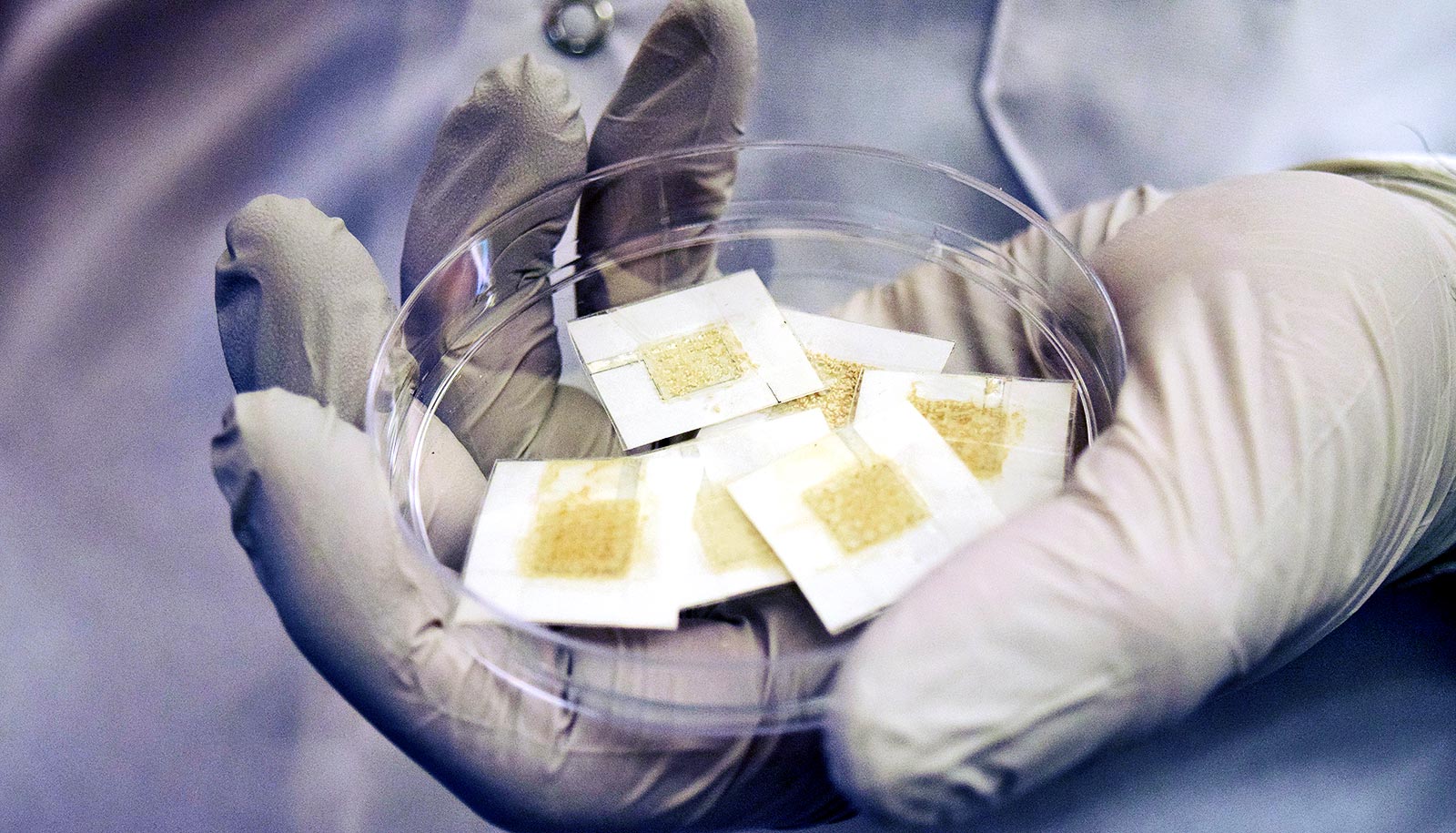Advances in radiation therapy have made warnings about skin cream increasing the radiation delivered at the skin surface obsolete, according to new research.
Radiation therapy for different kinds of cancer can damage the skin, so patients undergoing such treatment often use creams or ointments to help relieve any resulting pain and inflammation. Radiation oncologists, however, have long told patients to avoid using these products in the hours before undergoing a radiation treatment for fear they would increase radiation delivered at the skin surface.
The new study shows that only an extremely thick layer of cream or ointment—thicker than any patient surveyed reported applying—increases the radiation dose enough to cause concern.
Applications of creams or ointments 3 millimeters or greater in thickness should be avoided, researchers say. But applications in the 1 mm to 2 mm range, which are more common, are safe. When shown a 3-mm layer of cream, patients said they had never applied that much, the researchers note.
“We want patients to know that it is fine to apply thin or moderate amounts of the topical agent of their choice to treat dermatitis stemming from radiation treatments,” says first author Brian C. Baumann, assistant professor of radiation oncology at a Washington University in St. Louis. “Patients can use these products regardless of the timing of their radiation therapy.”
Different kinds of cancer
Researchers surveyed patients and radiation oncologists to determine whether warnings to avoid topical skin therapies before they undergo radiation therapy are still common. According to surveys of 133 patients and 108 doctors, more than 83 percent of patients received this message, and 91 percent of doctors reported giving that advice.
The study included patients with several cancer types. Most patients surveyed had diagnoses of breast cancer (87 percent), but other patients had diagnoses of different tumors, including head and neck, lung, and anal cancers.
The researchers measured the radiation dose at the surface of a material similar to human tissue that was covered with topical agents of differing applied thicknesses. Only with the thickest applications did the radiation dose significantly increase.
They also measured doses in mice and found no additional DNA damage or cell death in the skin of mice that were irradiated in the presence or absence of creams of varying thicknesses.
Like a sunburn
The researchers studied an over-the-counter petroleum-based ointment named Aquaphor that often is recommended to radiation therapy patients, as well as a prescription-only product called silver sulfadiazine cream.
“Most patients undergoing radiation therapy are treated daily for many weeks,” says Baumann, who treats patients at Siteman Cancer Center at Barnes-Jewish Hospital and the Washington University School of Medicine.
“Most will develop at least a mild skin reaction caused by the radiation, with some patients experiencing significant redness and irritation, not unlike a sunburn. Patients frequently use topical agents to ameliorate this condition,” Baumann says.
“Contrary to popular belief, the results of this research suggest that topical creams and ointments can be safely applied before radiotherapy. However, patients should avoid applying a very thick layer just before radiotherapy,” he says.
The paper appears in JAMA Oncology. The radiation oncology department at the University of Pennsylvania funded the work.



